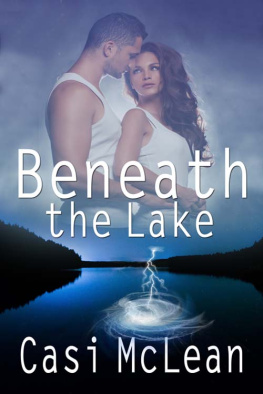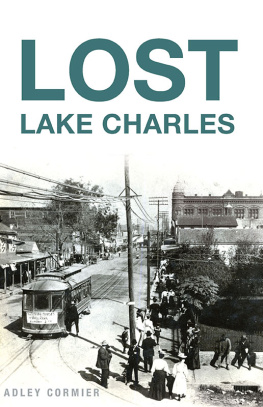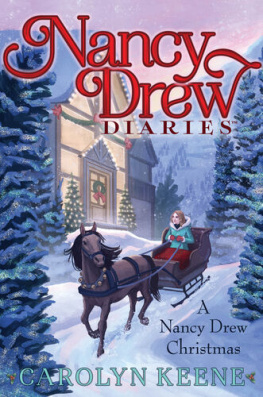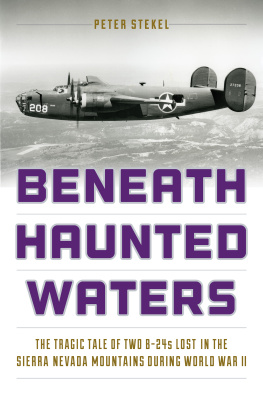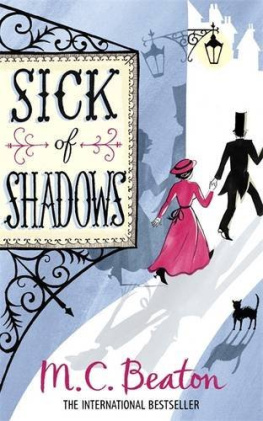THE BONE LADY
THE
BONE
LADY
LIFE AS A
FORENSIC
ANTHROPOLOGIST
MARY H. MANHEIN
LOUISIANA
STATE
UNIVERSITY
PRESS
Baton Rouge
Published by Louisiana State University Press
Copyright 1999 by Mary H. Manhein
All rights reserved
Manufactured in the United States of America
13 12 11 10 09 08 07
8 7 6 5
Designer: Amanda McDonald Scallan
Typeface: Adobe Garamond
Library of Congress Cataloging-in-Publication Data
Manhein, Mary H., 1943
The bone lady : life as a forensic anthropologist / Mary H. Manhein.
p. cm.
ISBN 978-0-8071-2404-8 (cloth : alk. paper)
1. Manhein, Mary H., 1943 . 2. Women forensic anthropologistsSouthern StatesBiography. 3. Forensic anthropologySouthern States. 4. Physical anthropologySouthern States. 5. Human remains (Archaeology)Southern States. 6. Southern States Antiquities. I. Title.
GN50.6.M35M35 1999
301.092dc21
99-17244
CIP
The paper in this book meets the guidelines for permanence and durability of the Committee on Production Guidelines for Book Longevity of the Council on Library Resources. 
To my mother, Madie Withers Huffman, 19181984,
for all you were and all you might have been
CONTENTS
ILLUSTRATIONS
ACKNOWLEDGMENTS
For almost two decades I have worked with hundreds of law enforcement agents, locally, nationally, and internationally. Though too numerous to name, they often played vital, even heroic roles in the stories recollected in the following pages. So many times they made the suggestion, If you ever write a book, Mary, write one that we would like to read. I hope I have succeeded.
In addition, many who influenced this books creation were participants in the workshops and seminars I conducted throughout the United States. I am grateful for their positive comments.
More specifically, I wish to acknowledge three whose contributions here may be readily identified: Mary Lee Eggart, a remarkable scientific artist, and Kerry Lyle, a gifted photographer, provided, respectively, the drawings and some of the photographs for the text. And the wonderful Assistant Director of Louisiana State University Press, Maureen Hewitt, has my special thanks for seeing immediately what I was trying to accomplish in writing this book.
On a personal level, I want to acknowledge several friends who inspired me: Eileen Barrow, Beth Bassett, Maria Cashion-Lugo, Sandy Calloway, Sheila Faulkenberry, Saundra Henderson, Ann Ingram, Ginny Listi, Kathleen Marshall, Lamar Meek, Ann Marie Mires, Hampton Peele, T. O. Perry, Paula Cannon Porter, Miles Richardson, George Schiro, Paula Sheperd, Ann Whitmer, Larry Wilson, and Leah Wood.
In particular, I owe a debt of gratitude to my friend David Madden, Director of the United States Civil War Center, who believed in me from the beginning and who has encouraged me greatly throughout the last few years. His editorial comments helped in essential ways to shape this book.
Finally, I thank my family: my husbands parents, Mary Dee and William Manhein, for making me feel so special; my sister, Ella Garren, to whom I owe my life itself; my sons, Andy and Trey, and my daughter-in-law, Kelly, for listening to all the early drafts and laughing at the parts I hoped were humorous; my niece, Missy Dodson, for her belief in my work; and my husband, Bill, for always encouraging me. I am grateful to be surrounded by so much love in my adult life.
INTRODUCTION
The Bone Lady is the nickname I acquired from law enforcement personnel while working with authorities from most of the sixty-four parishes in Louisiana, several counties in Texas, Arkansas, and Mississippi, and various agencies across the country. In more formal terms, I am a forensic anthropologist and bioarchaeologist, a scientist who works with human bones in a medico-legal context and who sometimes digs them up.
The idea for The Bone Lady started years ago when I began to notice and appreciate the widespread interest the general public has in forensic anthropology and bioarchaeology. My purpose in writing this book was to share my passion for anthropology with others while telling the human stories behind my cases, stories that are often fragmented and incomplete. Though a scientist by trade, by birth and ascribed status, as we anthropologists say, I am also a storyteller.
I come from the hills of southwest Arkansas and northwest Louisiana, where my life revolved around stories. A friend once said to me that he felt the reason that I was successful in later years as a college teacher was that I was able to weave a story into every lesson I taught.
The desire to share stories goes back to my childhood when my family would spend hours around the fireplace, just inside the ring of light, listening to the storytellers. My favorite tales were those told by my mother and my Aunt Penny. Memories of those stories come to me at the oddest of times. I find them comforting.
Stories, myths, legends, memories of the pastall are part of what makes us who we are. They give us a sense of place. Place for me is in those hills. From there I recall the stories of my youth and, consciously and unconsciously, incorporate them into who and what I am. My past in the hills is woven into this book, sometimes in fond remembrance, and other times, in joy, that it is just that, the past.
I was born in those hills on the blustery winter solstice of 1943on the cusp, as astrologers sayand, as with all but two of Mamas ten children, at home. My fathers one lung and skill at pumping sand from the Red River kept him stateside during World War II and brought me into this world. I was a war baby, not a baby boomer, those babies born after the war was over when soldiers returned home. I have no real memories of the last good war, but I do remember clearly my brief years in my hometown.
For the first seven years of my life, we lived in three rooms of the old company hotel on the outskirts of Lewisville, Arkansas, at the railroad switchyard. We shared the first floor with Mamas sister, Pearl, and her family. The hotels abandoned second floor, where we often played, contained nooks and crannies filled with dusty, broken furniture. When a train rumbled through the switchyard, all the windows shook with an eerie, death-rattle sound. Following the war for a brief period of time a few sick men in beds lived on the second floor of the hotel. I would cling to Mamas skirts as she walked back and forth talking to them and feeding them. I dont know who they were.

Author with brother Buddy (left) and cousin Danny (right) at railroad switchyard
The trains brought strange men to our door. They were always hungry. Mama said their numbers increased after the war. She never let them in the house but she never turned one away. She made every one a plate of food from whatever she had, and he sat on the side steps to eat his meal. I peeked at these men from a safe distance as they licked their fingers and sometimes even their plates. Occasionally, I also watched one hop another train when it slowed or stopped at the switchyard, waving a faint good-bye.
My fathers three brothers and three of Mamas brothers went to the war. They all came back, a couple of them coming to visit us. I remember racing down the dirt road with my brother and sister to meet them, looking so serious in the dark, scratchy uniforms they wore long after the war was over.
I could read before I started first grade in the post-World War II rural South; Mamas Bible was my primer. In the fall of 1949 she convinced the school board that regardless how small her ragamuffin daughter was, she would not hold her out for another year on the off-chance that she might grow more. Good thingit would be years before my feet could reach the floor at my desk, and from class to class I carried the little green footrest that the school janitor made for me so my dangling legs and feet would not go to sleep.
Next page


